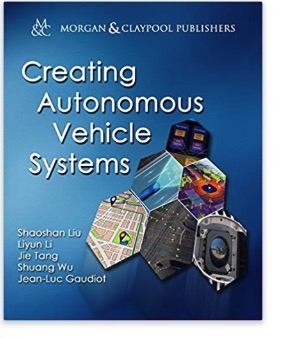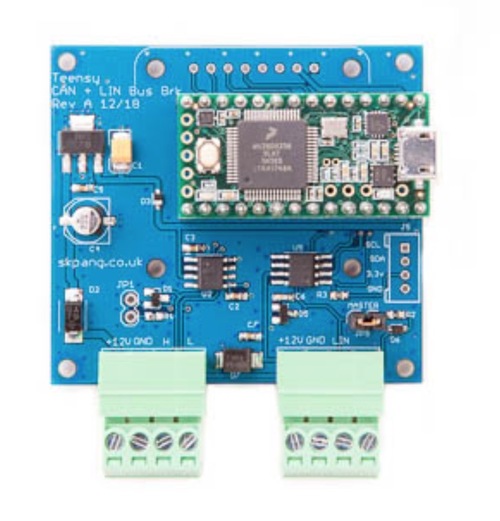Recent Posts
Practical Experiences Of Creating Autonomous Vehicle Systems Written For A General Computing And Engineering Audience
Posted by on
This book is the first technical summary of autonomous vehicles written for a global computing and engineering audience. The authors share their working experiences of creating autonomous vehicle (AV) systems. AV systems are complex, and they consist of three principal subsystems:
- Algorithms for localization, perception, and planning and control;
- Client systems, such as the robotics operating system and hardware platform;
- The cloud platform, which includes data storage, simulation, high-definition (HD) mapping, and in-depth learning model training.
The algorithm subsystem derives essential information from raw sensor data to recognize its environment and makes judgments about its actions. The client subsystem combines these algorithms to meet real-time and reliability requirements. The cloud platform provides offline computing and storage capabilities for autonomous vehicles. Using the cloud platform, we can test new algorithms and update the HD map-plus, train for more reliable recognition, tracking, and decision models.
This book consists of nine chapters:
- Chapter 1 provides an overview of autonomous vehicle systems;
- Chapter 2 focuses on localization technologies;
- Chapter 3 discusses traditional techniques used for perception;
- Chapter 4 discusses deep learning-based methods for perception;
- Chapter 5 introduces the planning and control subsystem, especially prediction and routing technologies;
- Chapter 6 focuses on motion planning and feedback control of the planning and control subsystem;
- Chapter 7 introduces reinforcement learning-based planning and control;
- Chapter 8 delves into the details of client systems design;
- Chapter 9 provides the details of cloud platforms for autonomous driving.
This book is beneficial to students, researchers, and practitioners alike. Whether you are an undergraduate or a graduate student involved in autonomous driving, you will find a complete summary of the entire autonomous vehicle technology stack. If you are an autonomous driving practitioner, the various practical techniques presented in this book will be of interest to you. Researchers will also find an abundance of references for an efficient, more in-depth exploration of the various technologies.
Teensy 3.2 CAN Bus And LIN Bus Breakout Board
This is a CAN Bus breakout board for use with the Teensy 3.2 (included in the scope of delivery), suitable for a variety of automotive applications. It comes with an onboard 5 VDC regulator with reverse voltage protection, a CAN Bus transceiver and a prototyping area. The LIN Bus connection is provided by the Microchip MCP2004A chip.
The Teensy is a complete USB-based microcontroller development system, compatible with Arduino software and libraries. It comes in a minimal footprint, capable of implementing a great variety of projects. All programming is accomplished via the onboard USB port.
 Loading... Please wait...
Loading... Please wait...


